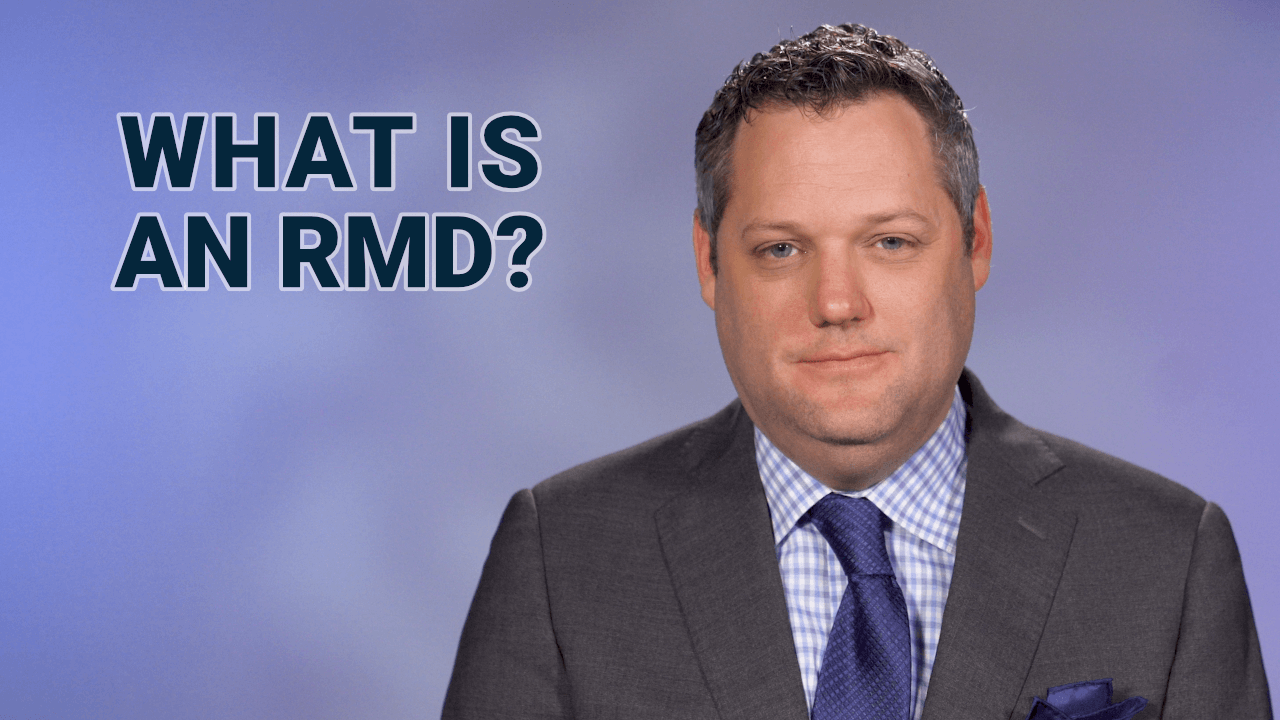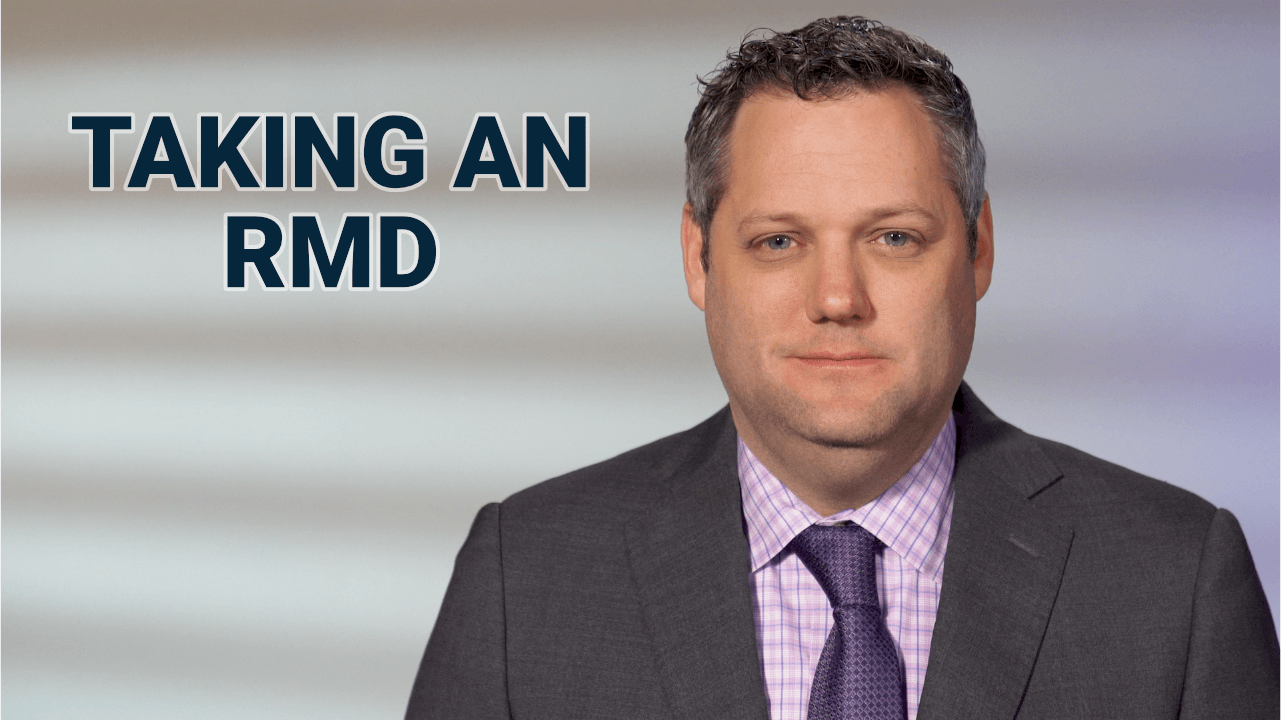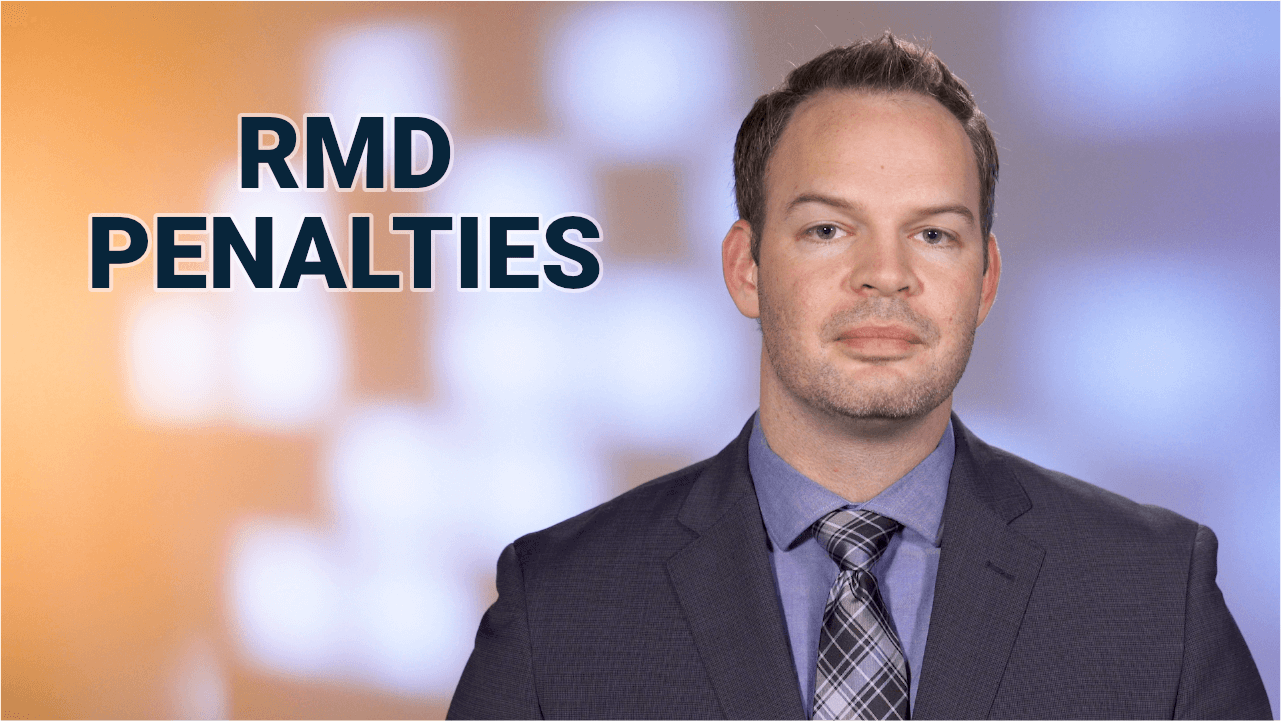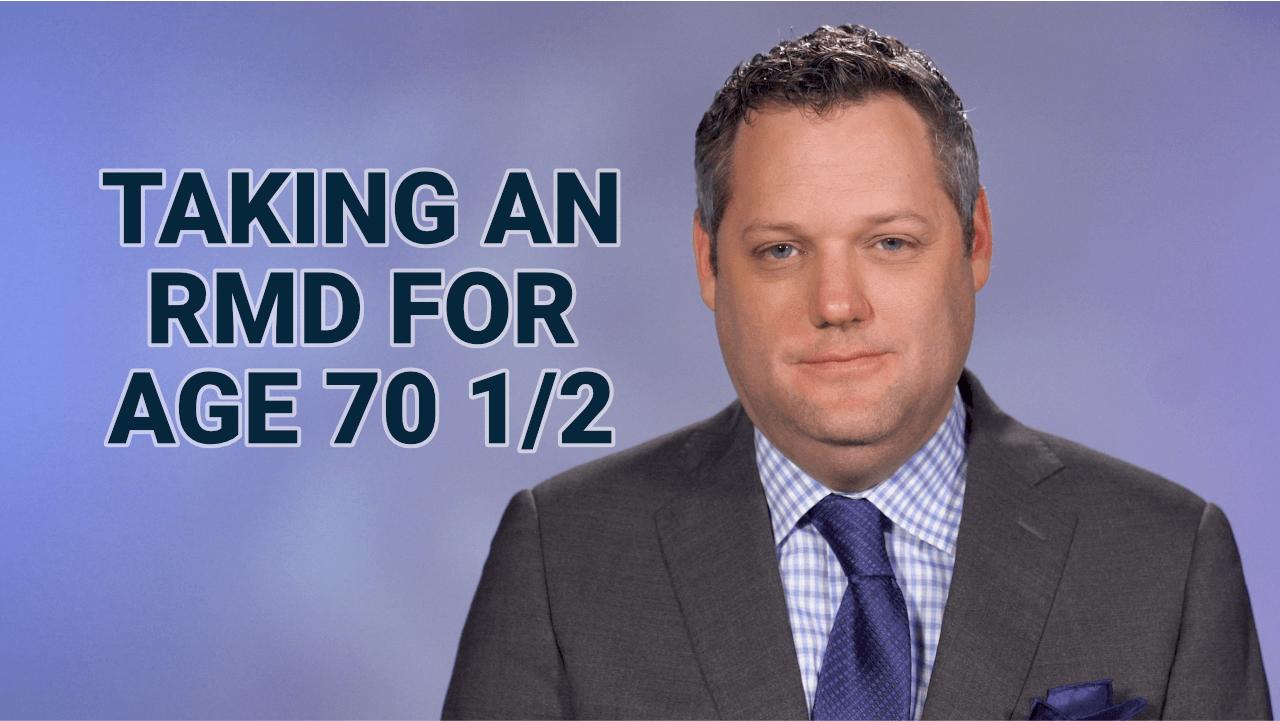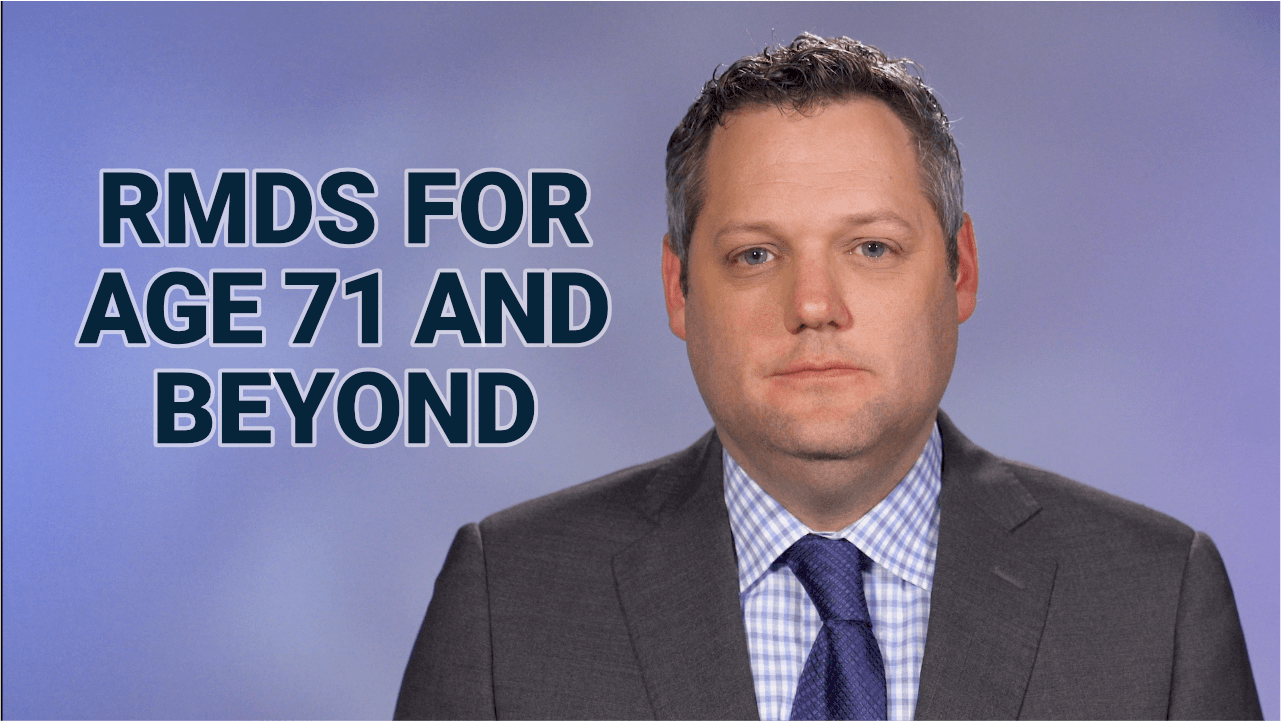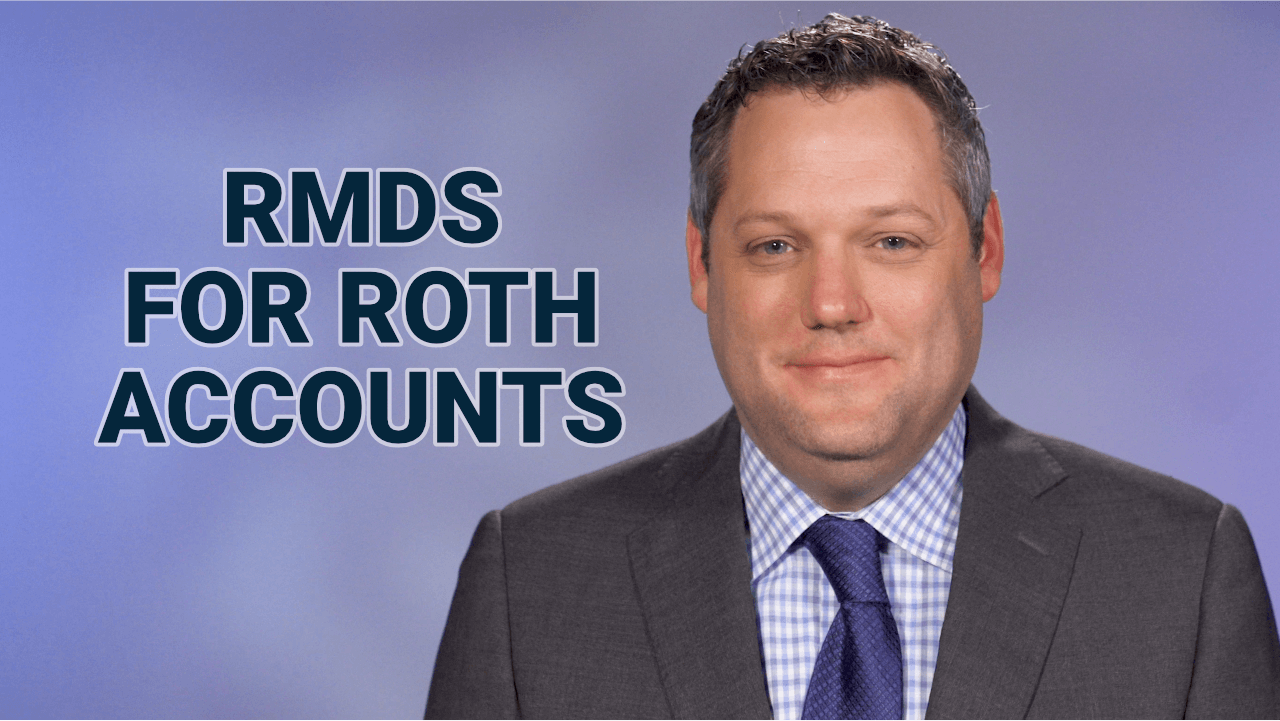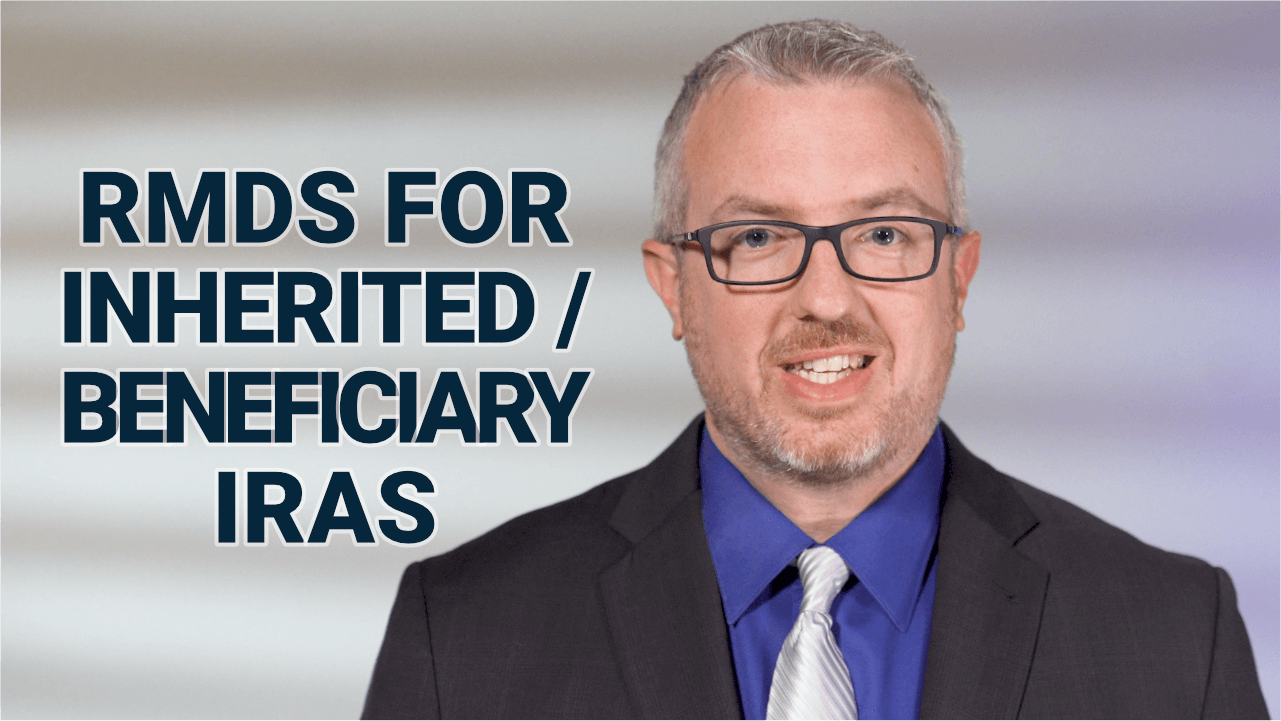Chapter 3 - Accounts with RMDs
Retirement Accounts and RMDs
Retirement accounts can be established in a variety of ways. You may have been fortunate enough to work for a company that offers retirement benefits, and that was why you chose to work there. Perhaps you were self-employed and chose to save for your retirement using an account designed especially for small business owners. Or, maybe you inherited an account from a family member. Depending on the type of account, you must determine if you need to take Required Minimum Distributions (RMDs).
What is an RMD?
An RMD is a withdrawal amount determined by the IRS, that must be taken out of a retirement account. These withdrawals typically begin the year in which you turn 70-½ and continue every year after. Some RMDs could begin before age 70 ½, depending on the specific rules of the account. An example would be an Inherited Beneficiary IRA.
Each Account Has Its Own RMD Rules
Each retirement account must be reviewed, as various accounts will have their own unique set of rules associated with them. You can visit the IRS website for the most current rules and regulations. The calculations for Required Minimum Distributions are complex. We assist our clients with the steps necessary for processing RMDs for the various retirement accounts they own. Contact us with your questions.
Types of Accounts with RMDs
Below are some accounts that have RMDs. This is not an exhaustive list. New programs may be created over time, and with them come new guidelines for investing and disbursements. Many federal, state, and city governmental organizations, including education systems, have unique retirement programs.
A Traditional IRA referred to as an Individual Retirement Arrangement, or called an Individual Retirement Account, is one of the most common types of IRAs we see when building retirement plans. Because of the tax deferred nature of these accounts, the government makes you take RMDs.
A Simplified Employee Pension IRA (SEP) provides a relatively simple account for self-employed individuals or small business owners to save for retirement. If being used by a small business, the business contributes, not the employees. This type of account must follow RMD rules.
The Savings Incentive Match Plans for Employees IRA (SIMPLE) allows for employees and the employer to save for retirement in traditional IRAs. There is an employer match built into the plan, and these types of accounts are used as an alternative to a traditional 401(k) plan. The account will eventually have RMDs and this is something to plan for at the appropriate time.
A 401(k) Plan is a retirement savings plan offered by an employer, usually a private, or publicly held for-profit company. Often, it is considered a benefit of working for that company. You have the ability to invest pre-tax dollars up to a limit, and your employer can also contribute to your account. The RMDs for a 401(k) differ from other IRAs, so be aware of the differences and talk to your advisor about the steps needed for managing the RMDs.
A Roth 401(k) is another employer sponsored account. You invest after-tax funds, and there are contribution limits. Your withdrawals are not taxed, as long as they are considered a qualified distribution. However, this type of account does have RMDs for both the original owner, and beneficiaries. Be aware of this, as it is different from a Roth IRA.
401(a) plans are very common, and this section of the tax code encompasses several different types of retirement plans. Because of the pre-tax nature of these plans, you will want to make sure to follow the RMD rules for your specific type of 401(a) plan.
403(b) plans are a tax advantaged retirement account offered to employees by a non-profit or government employer. 403(b) account owners will need to plan for RMDs.
457(b) Plans, or Deferred Compensation Plans, can be offered by state or local governments or a tax-exempt organization. Because of the pre-tax nature of these plans, prepare for RMDs.
Inherited / Beneficiary IRAs is an investment account that you now own because someone made you the beneficiary of their account. As the new owner, you will be responsible for RMDs on the account.
Inherited / Beneficiary Roth accounts will have RMDs and may continue to carry the beneficial tax free rules for many years when done properly. Even though the original owner of a Roth IRA did not have to take RMDs, individuals who inherit a Roth will have to follow RMD rules.
Pensions and Annuities also have unique distribution rules to take into consideration that vary from Traditional IRA and 401(k) plans.
It is Important to Take the Correct RMD
In summary, there are multiple retirement accounts affected by RMDs. As the account owner, it is your responsibility to take the correct RMDs in a timely manner. There are annual deadlines for RMDs, and if missed, may result in an excise tax penalty.
It is important to understand the unique RMD process for the accounts you own. As your advisors, we will help you manage your RMDs, and assist you in finding a suitable strategy for retirement.
Contact us For Help with RMDs

